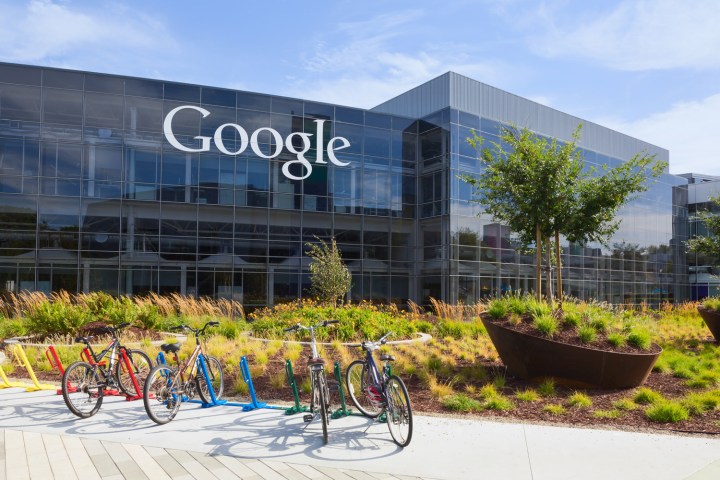
The new team will be spearheaded by the employees at Pie.co, a recently acquired Singapore-based startup, and Google is also actively seeking technically minded folks to join their growing enterprise. In fact, the Silicon Valley firm hopes to recruit up to The tech giant is looking to train up to 100,000 Indonesian developers whose main focus will be on native language content development. Students are also encouraged to apply for internships so that the company can tap into the next generation of talent early on, and Google is also inviting native Singaporians who have since emigrated to other countries to return to their motherland to continue Google’s mission.
“In many ways, Singapore feels like the best place to [bring the next billion online],” writes Caesar Sengupta, vice president of Google’s Next Billion Users team. “It is hyper-connected, with some of the fastest Internet speeds in the world. And, it sits at the center of a region with half of the world’s current Internet users, and more new Internet users coming online every day than anywhere else in the world.”
Google has been on a globalizing spree as of late, and Sengupta points out that the company has recently worked on initiatives like high-speed Wi-Fi in railway stations across India, search that works faster while using less data, and offline Google Maps and YouTube use.
“These are still early days, but we’re excited about the progress we’re making on this journey,” the Sengupta concludes. “We look forward to sharing more with you in the months and years ahead.”
Editors' Recommendations
- Google Earth updates cool Timelapse feature with new imagery
- Google Fiber is bringing high-speed internet to five new states
- Check out Google’s stunning new Mountain View campus
- NASA sets new date for first launchpad test of its mega moon rocket
- This new Google Chrome feature may boost your search history

